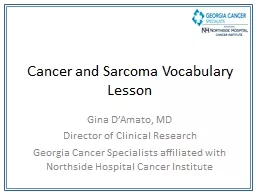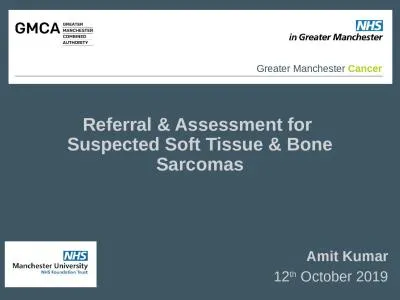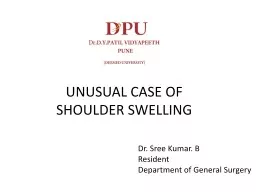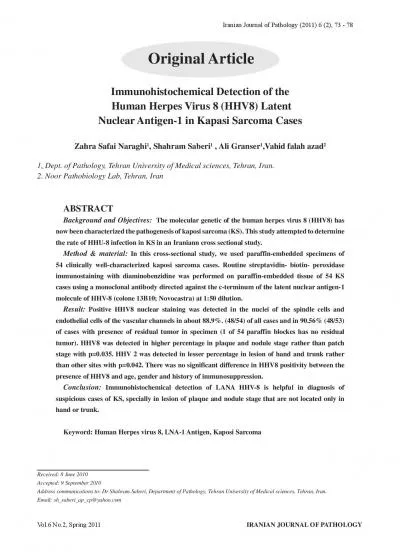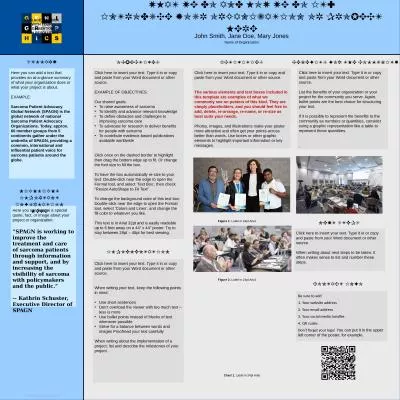PPT-Cancer and Sarcoma Vocabulary Lesson
Author : tatiana-dople | Published Date : 2019-12-07
Cancer and Sarcoma Vocabulary Lesson Gina DAmato MD Director of Clinical Research Georgia Cancer Specialists affiliated with Northside Hospital Cancer Institute
Presentation Embed Code
Download Presentation
Download Presentation The PPT/PDF document "Cancer and Sarcoma Vocabulary Lesson" is the property of its rightful owner. Permission is granted to download and print the materials on this website for personal, non-commercial use only, and to display it on your personal computer provided you do not modify the materials and that you retain all copyright notices contained in the materials. By downloading content from our website, you accept the terms of this agreement.
Cancer and Sarcoma Vocabulary Lesson: Transcript
Download Rules Of Document
"Cancer and Sarcoma Vocabulary Lesson"The content belongs to its owner. You may download and print it for personal use, without modification, and keep all copyright notices. By downloading, you agree to these terms.
Related Documents

